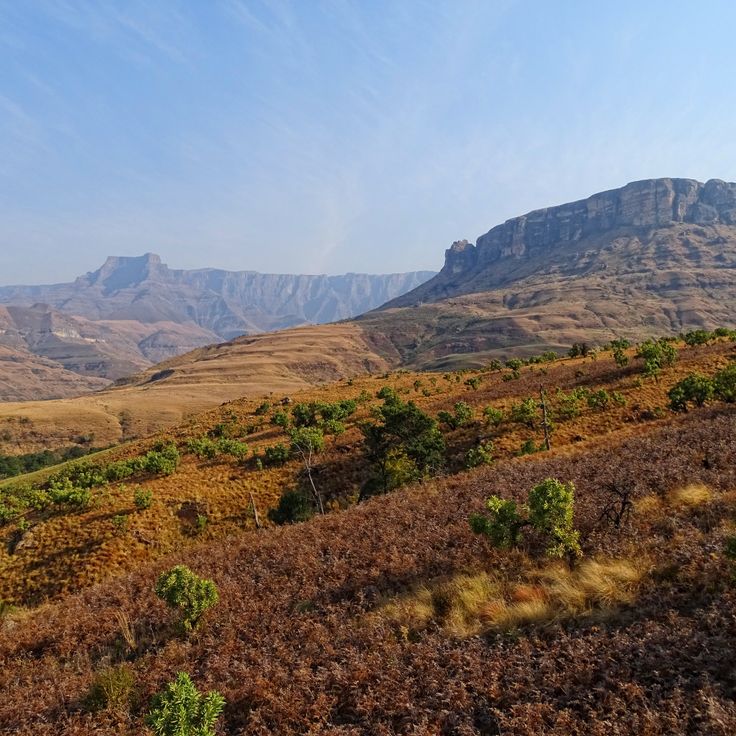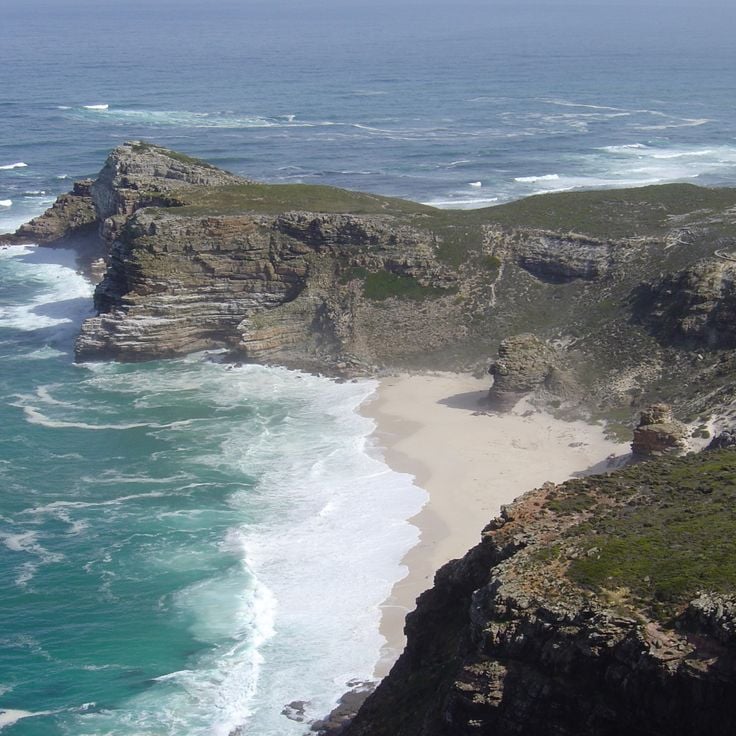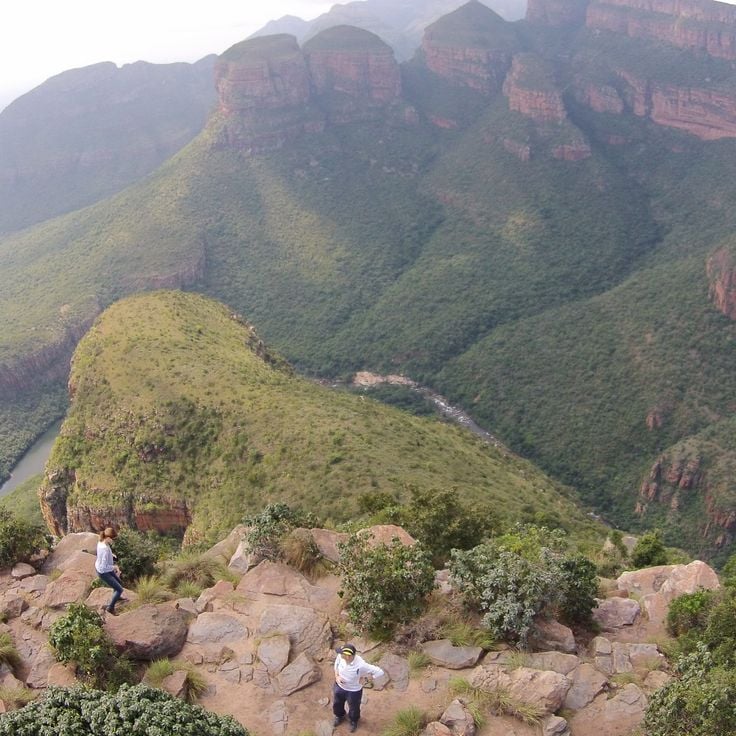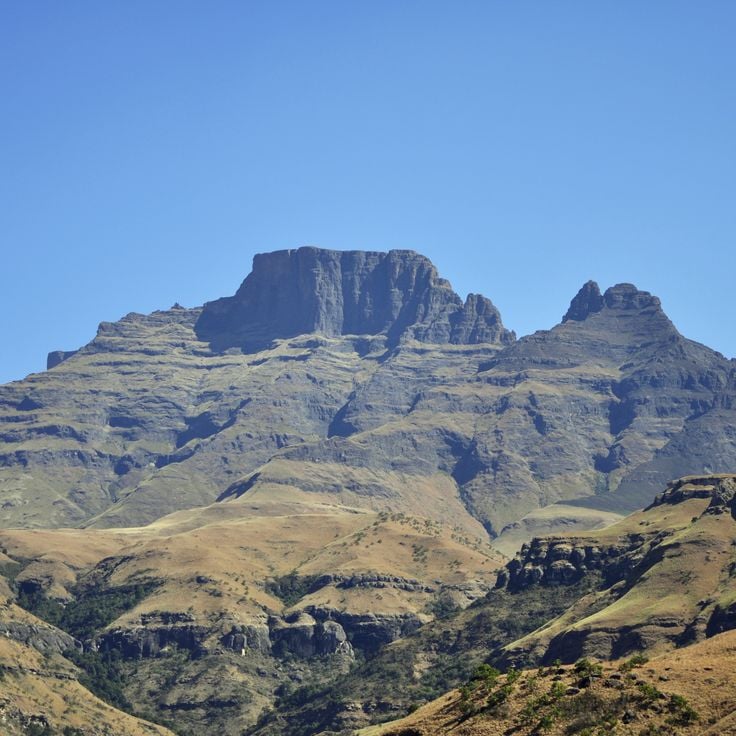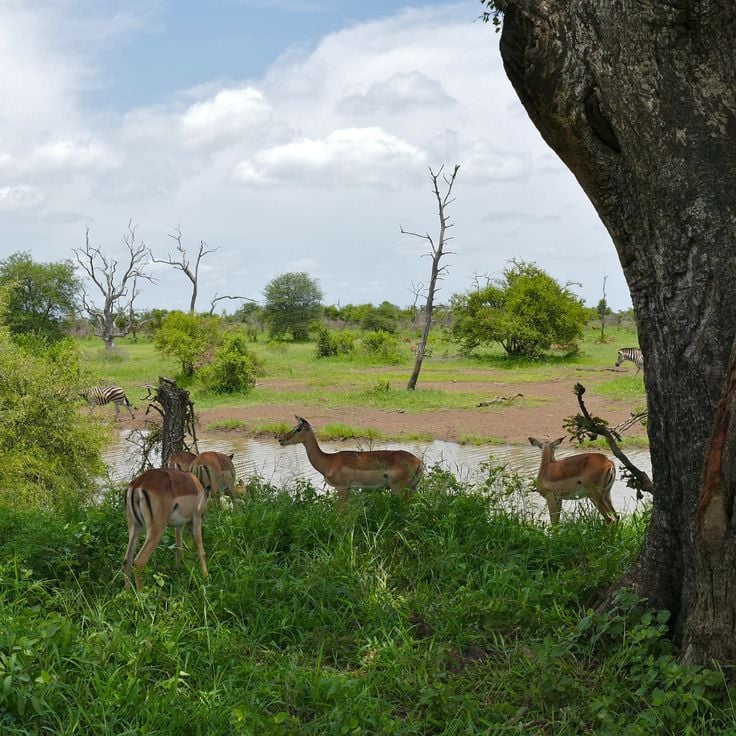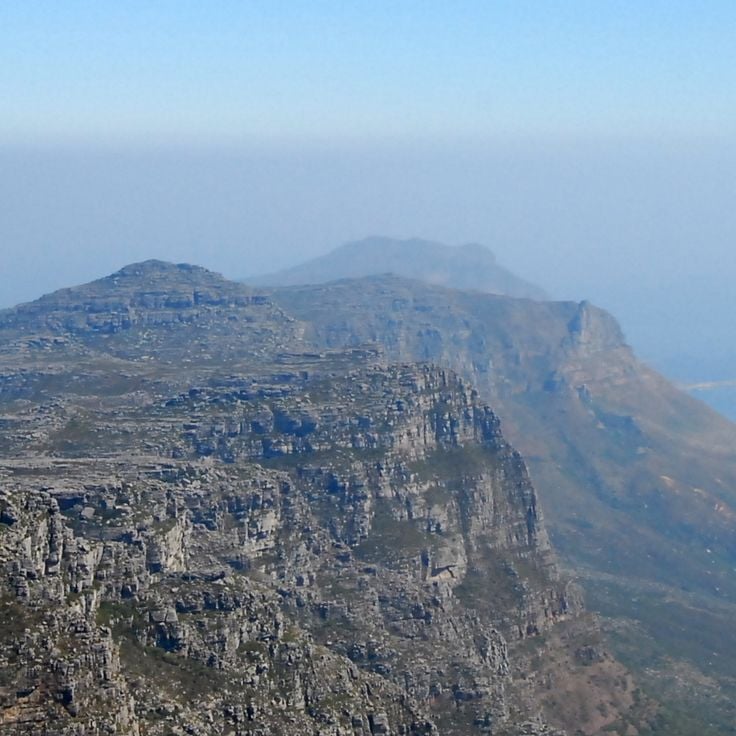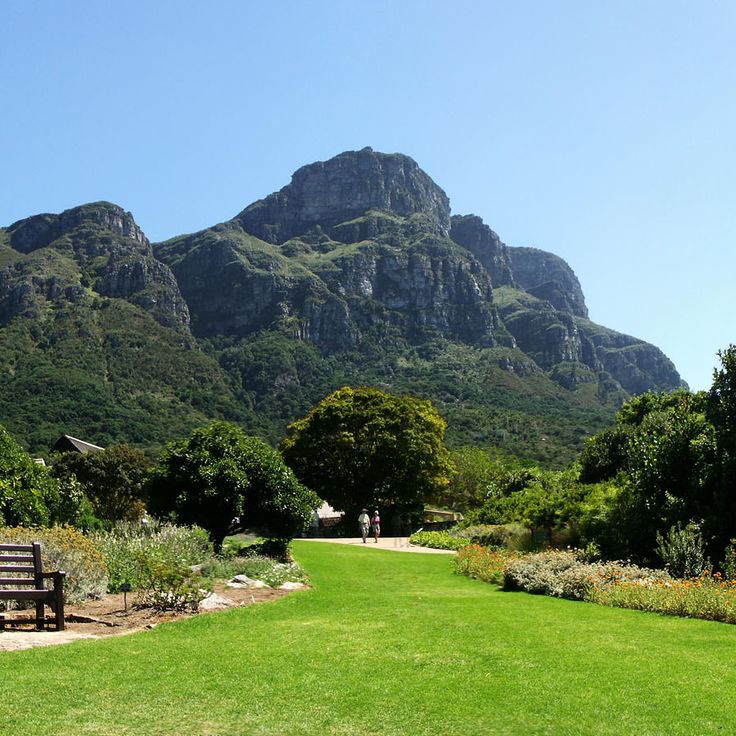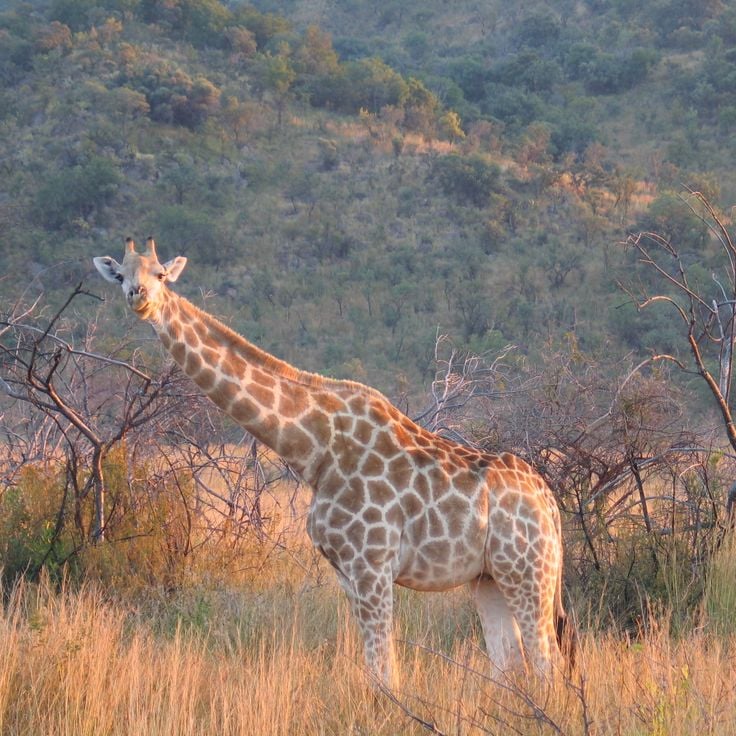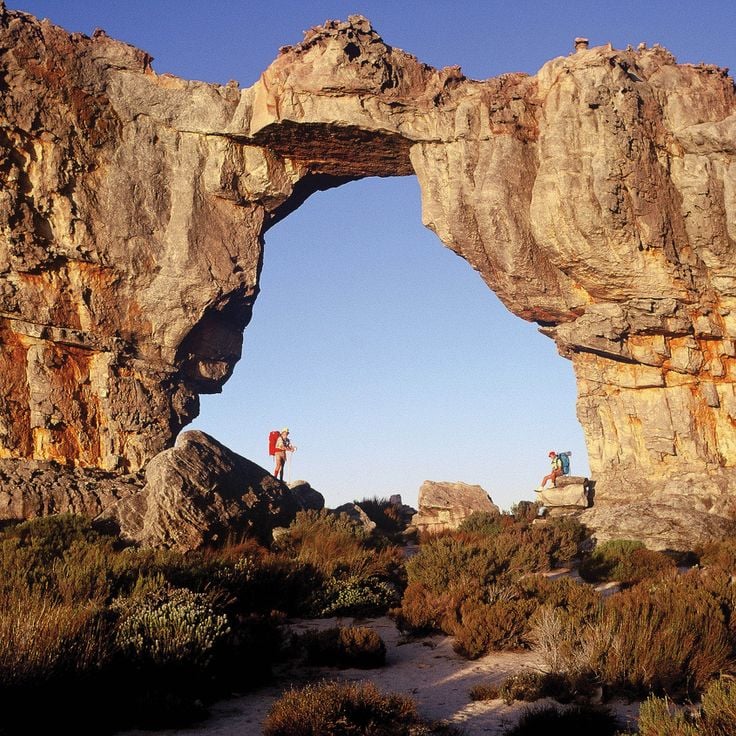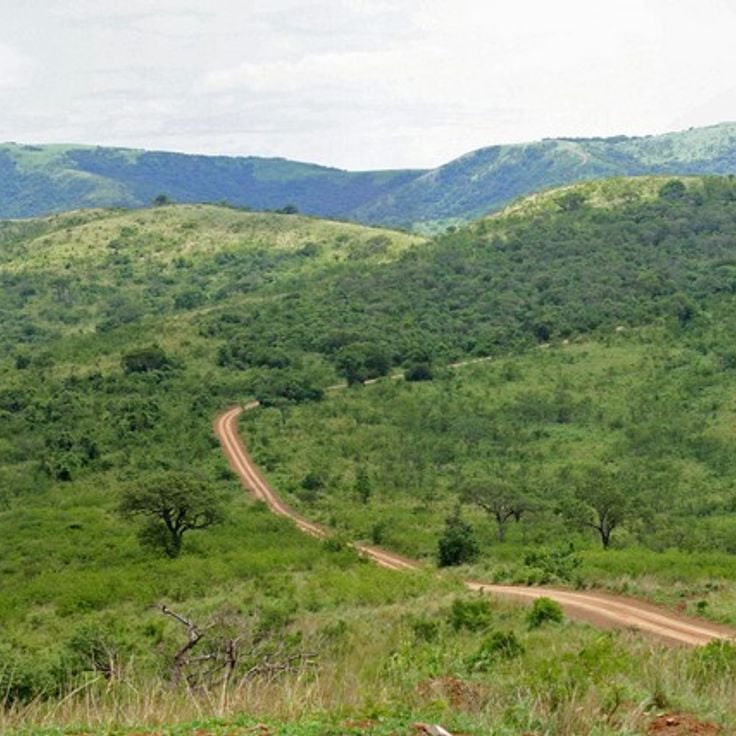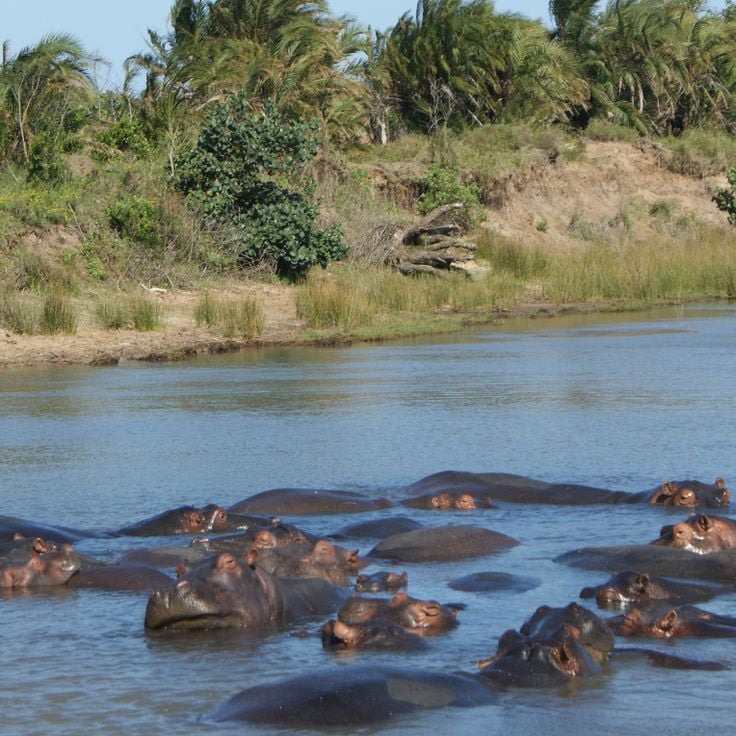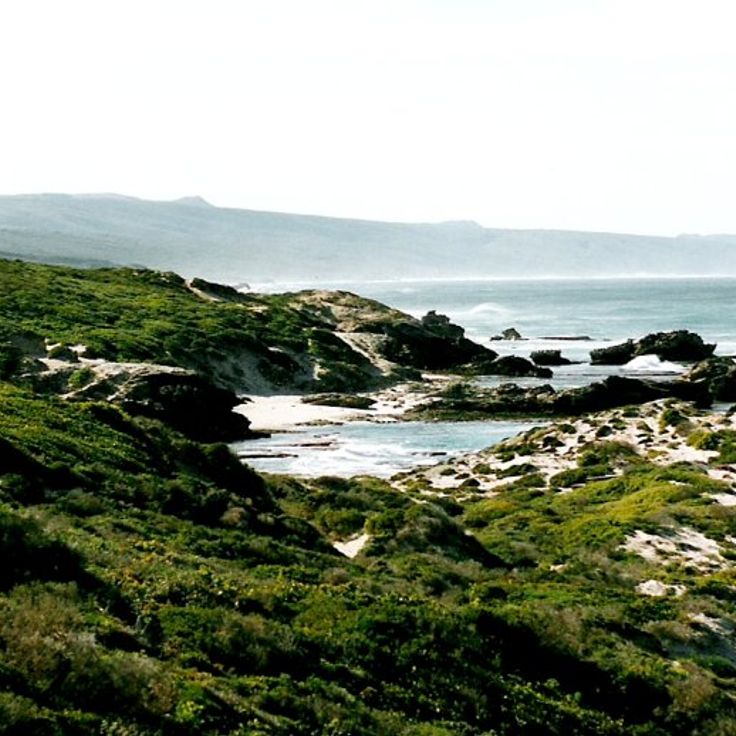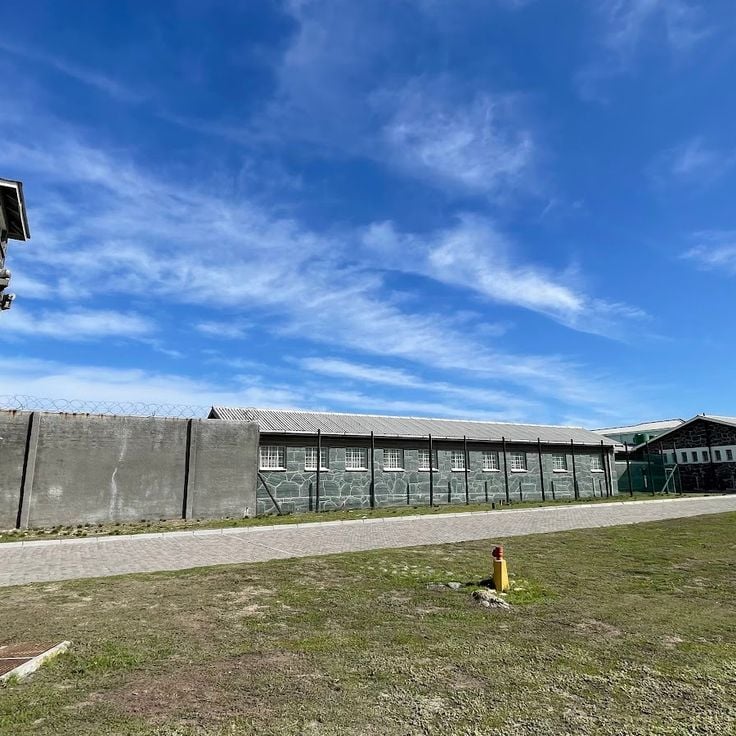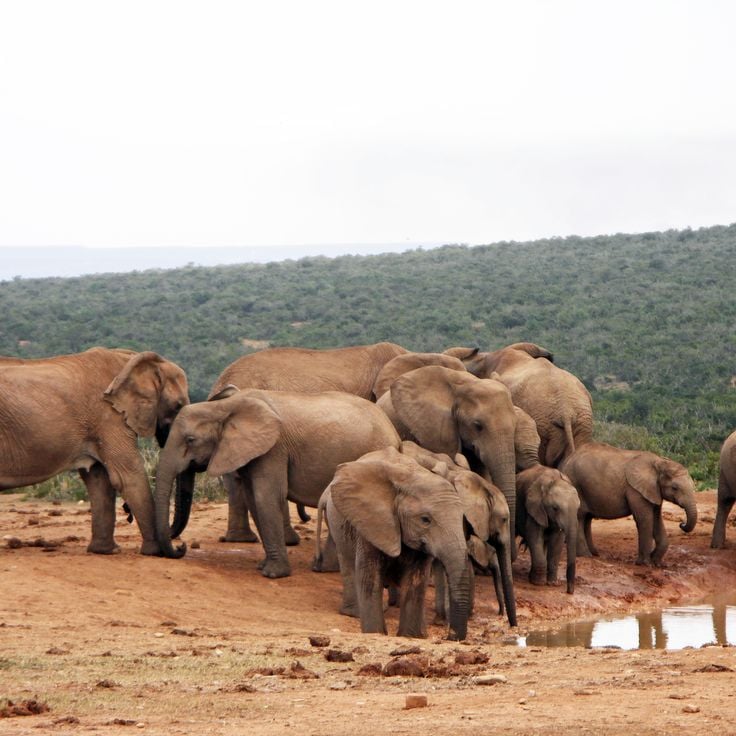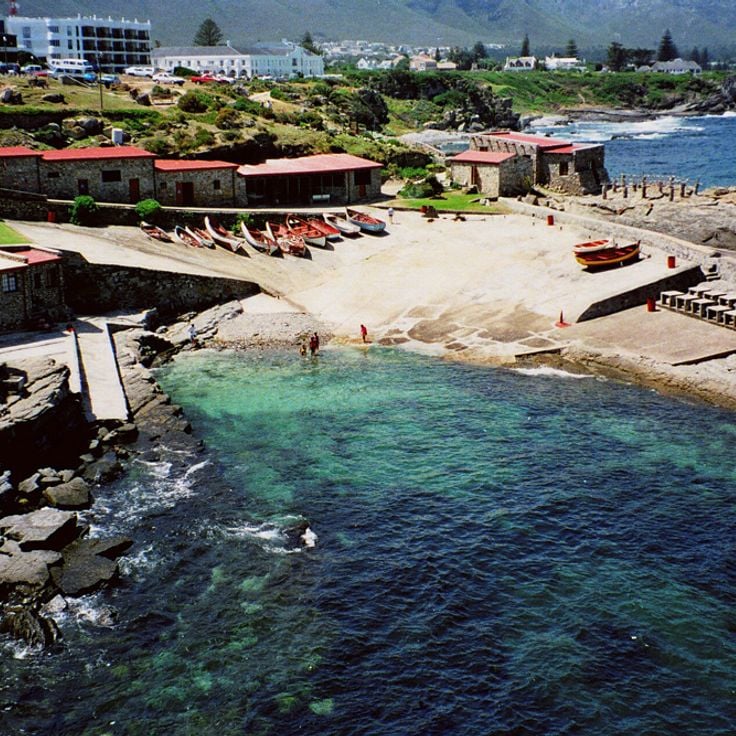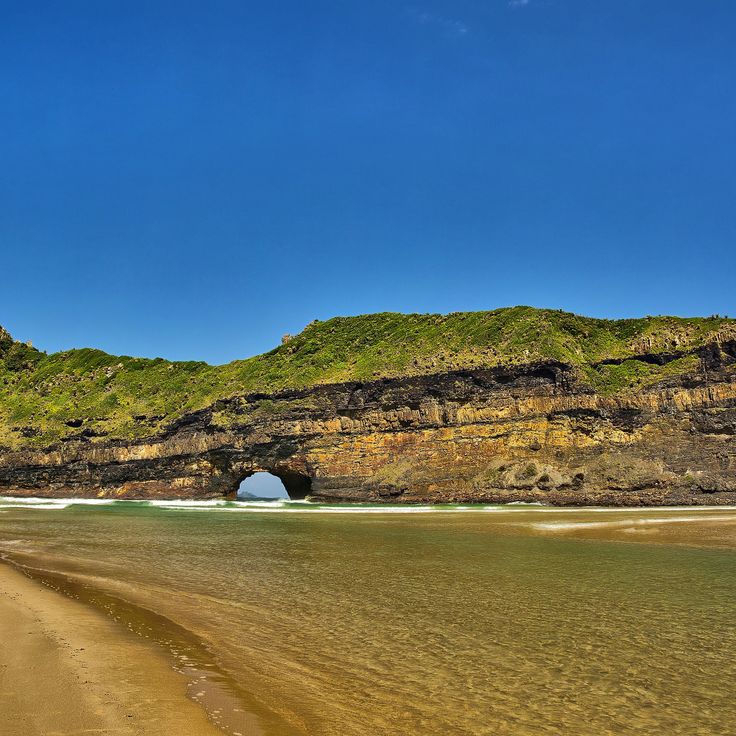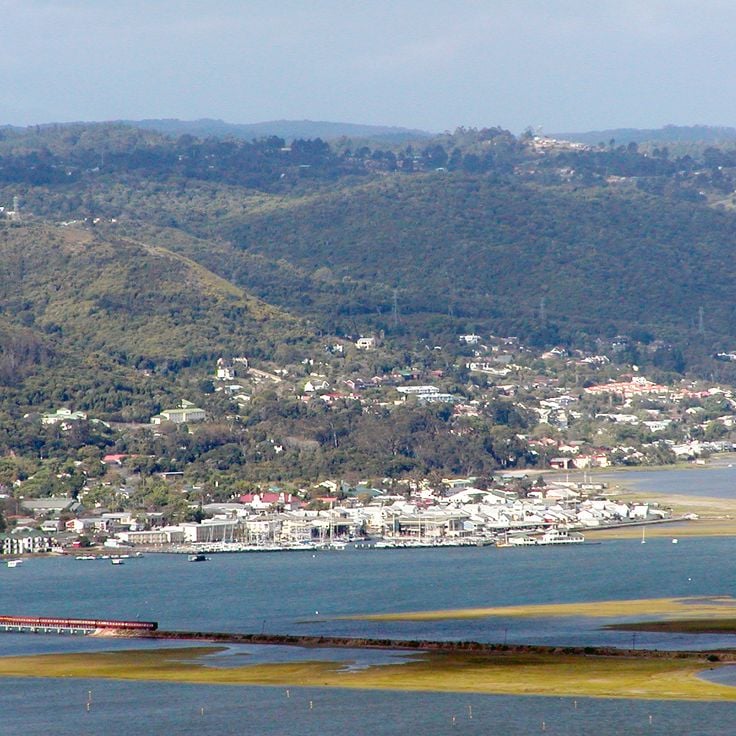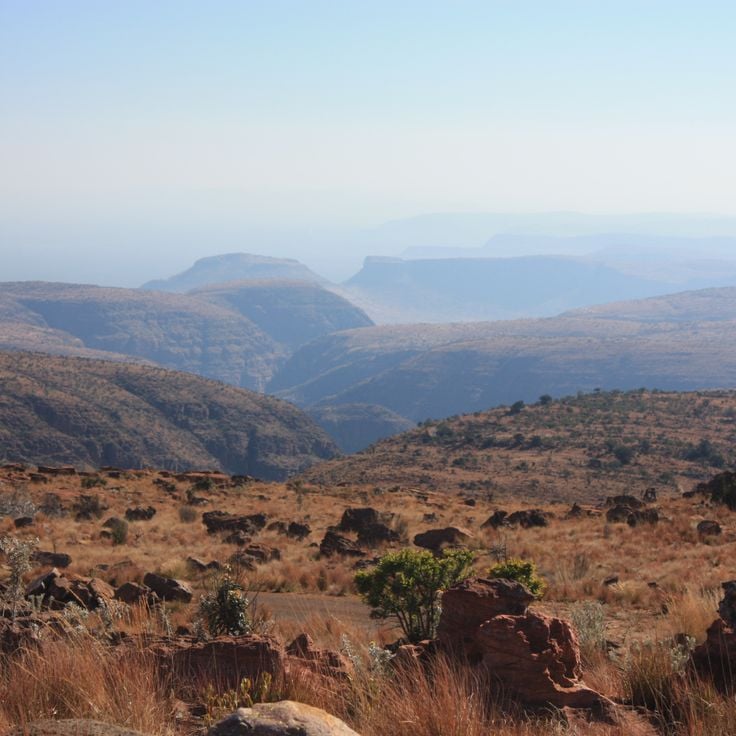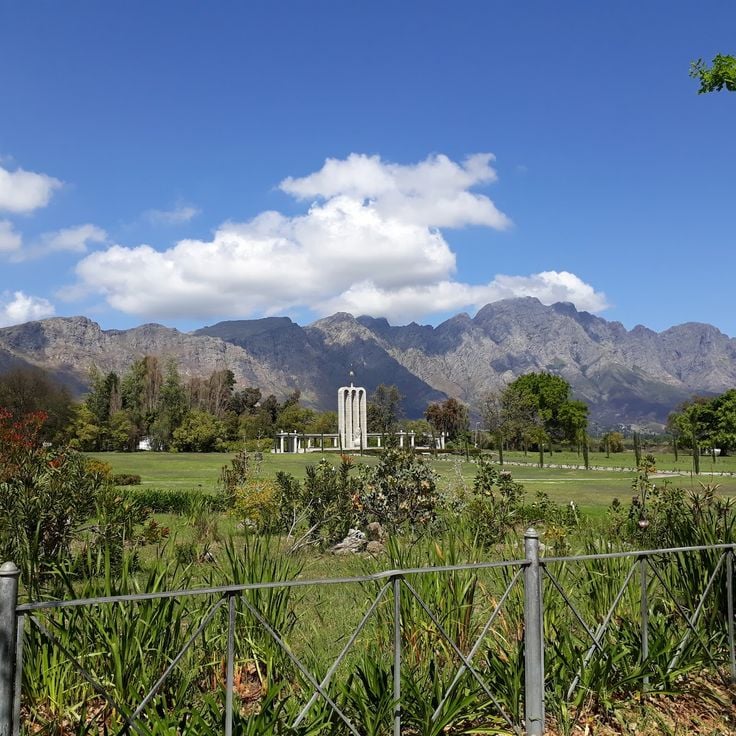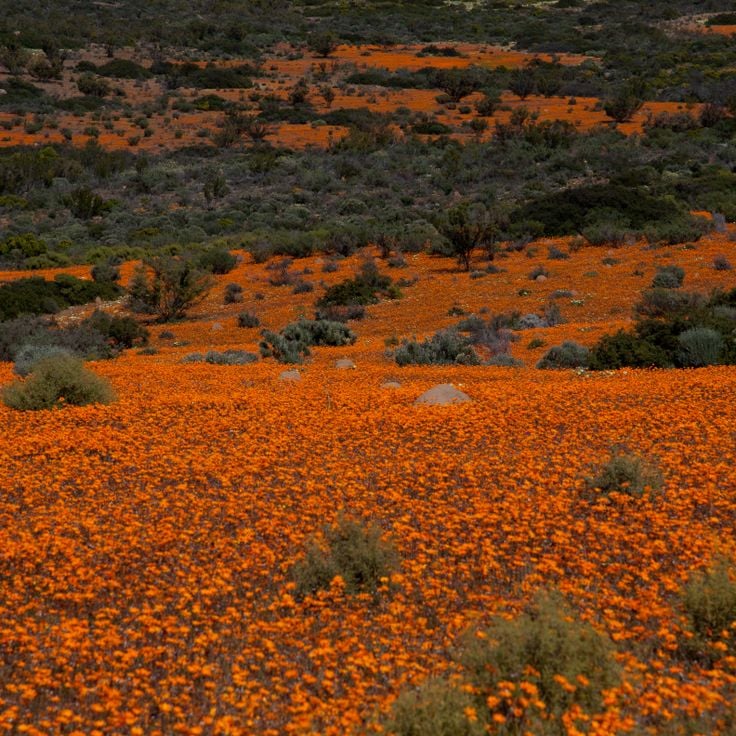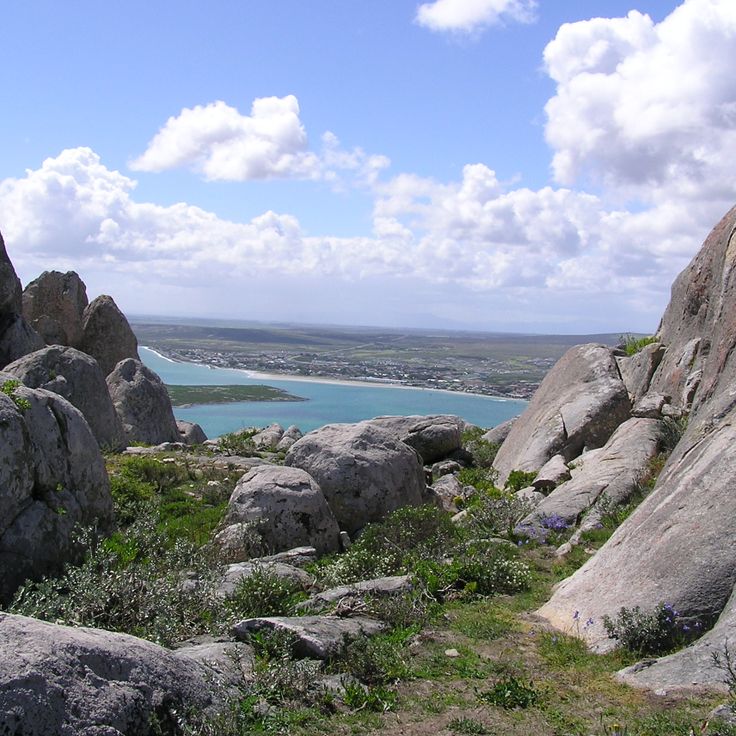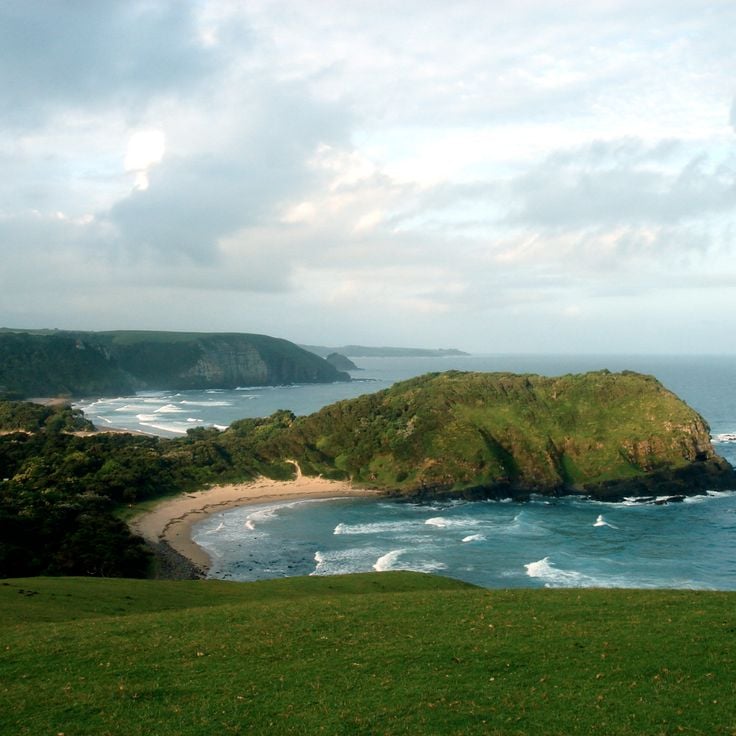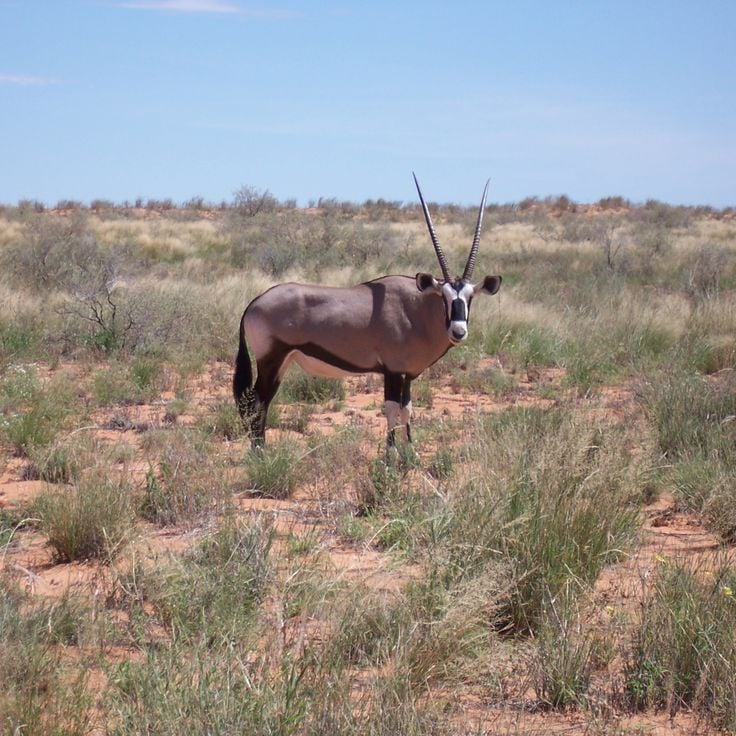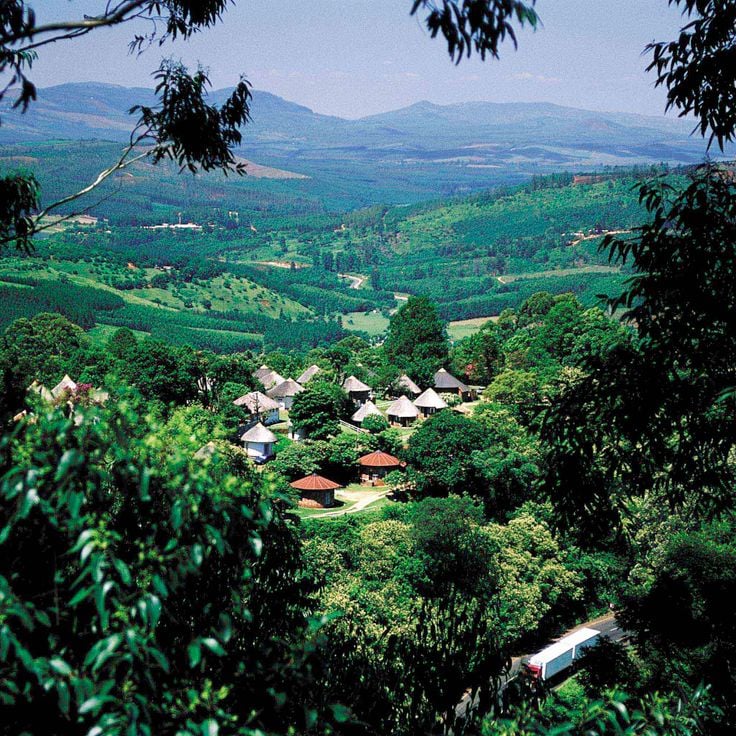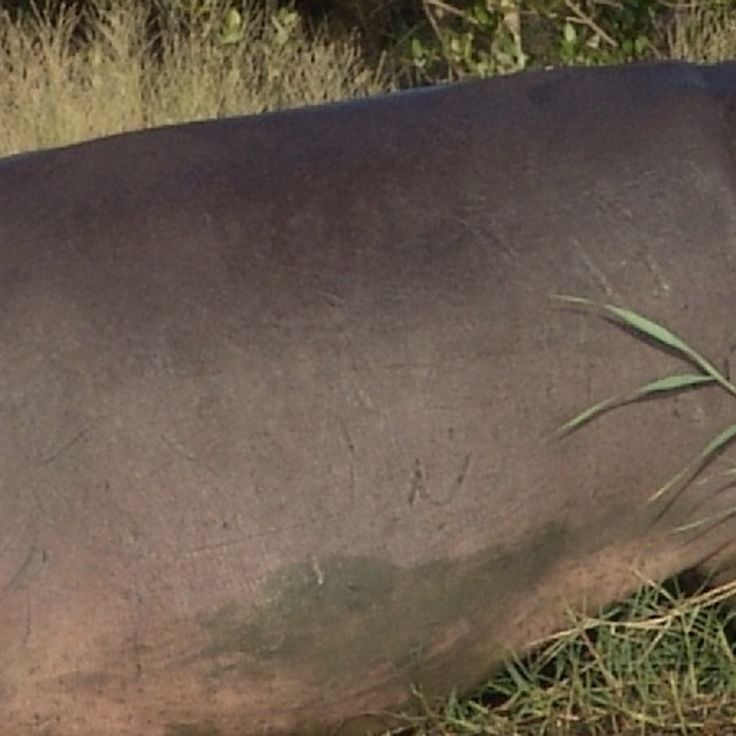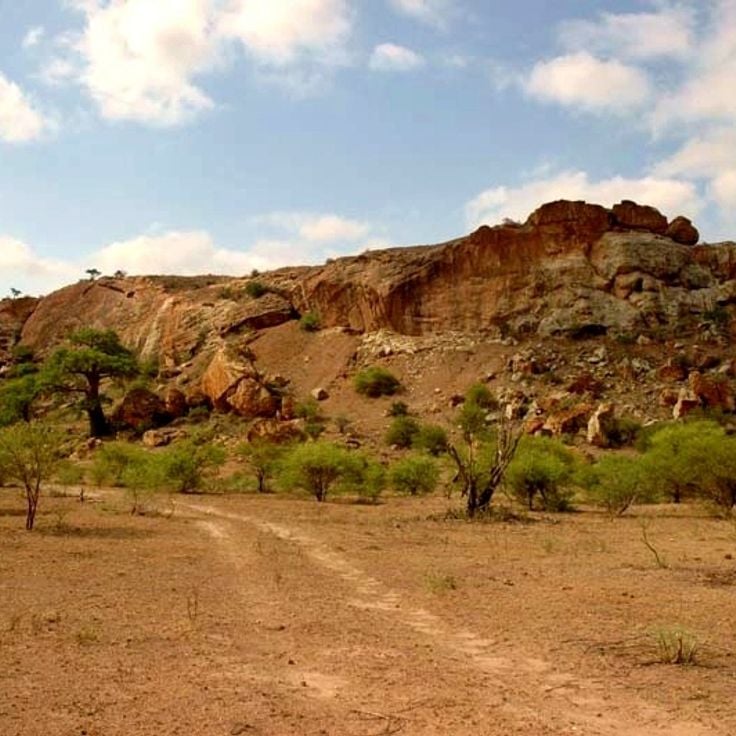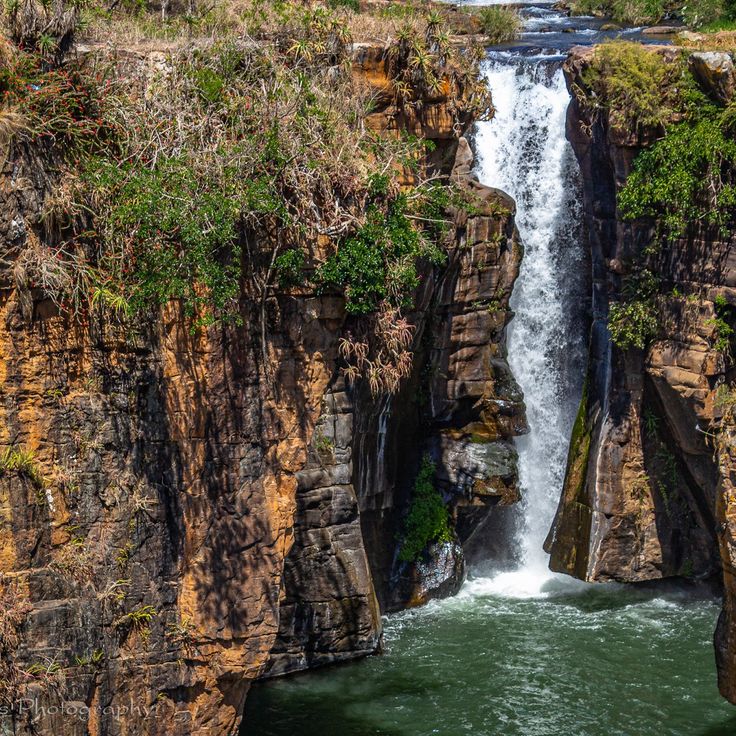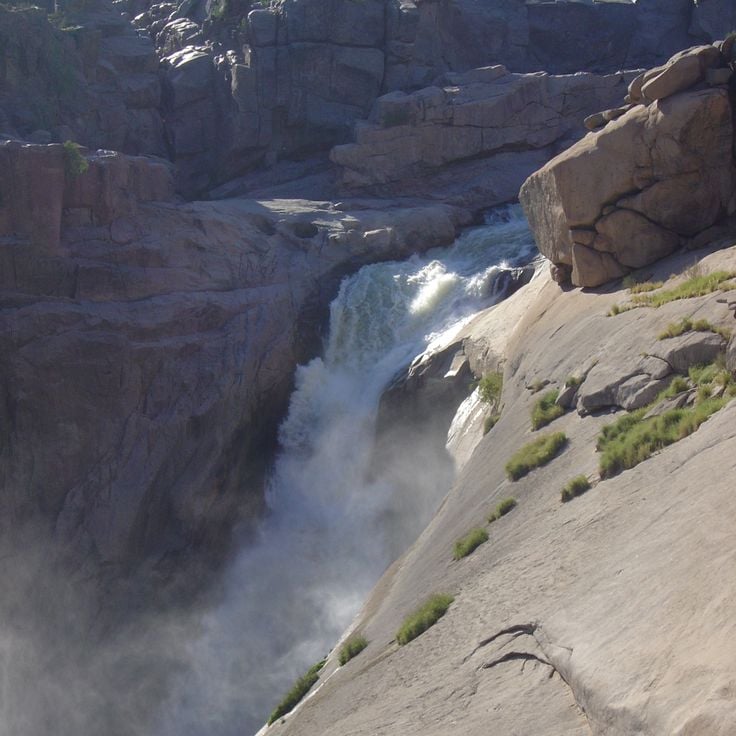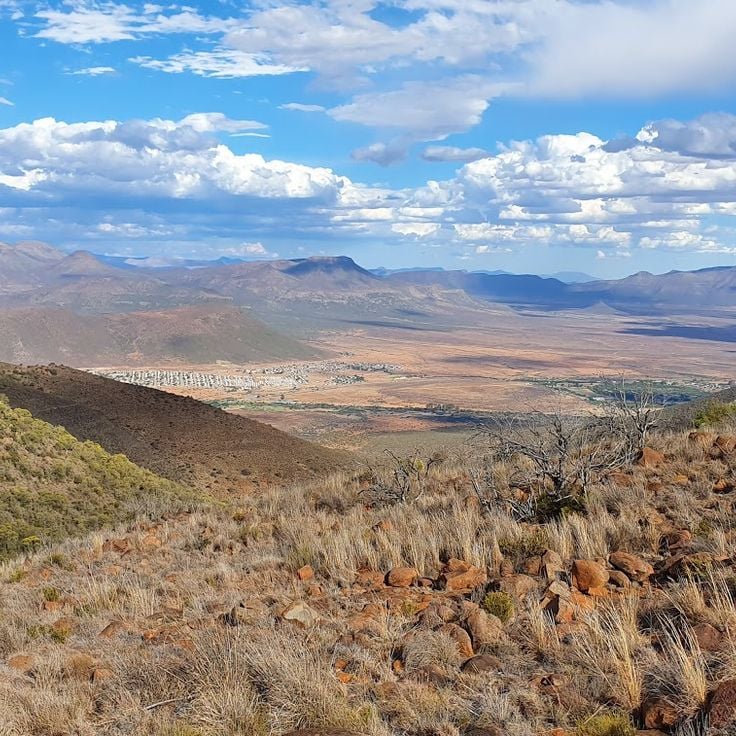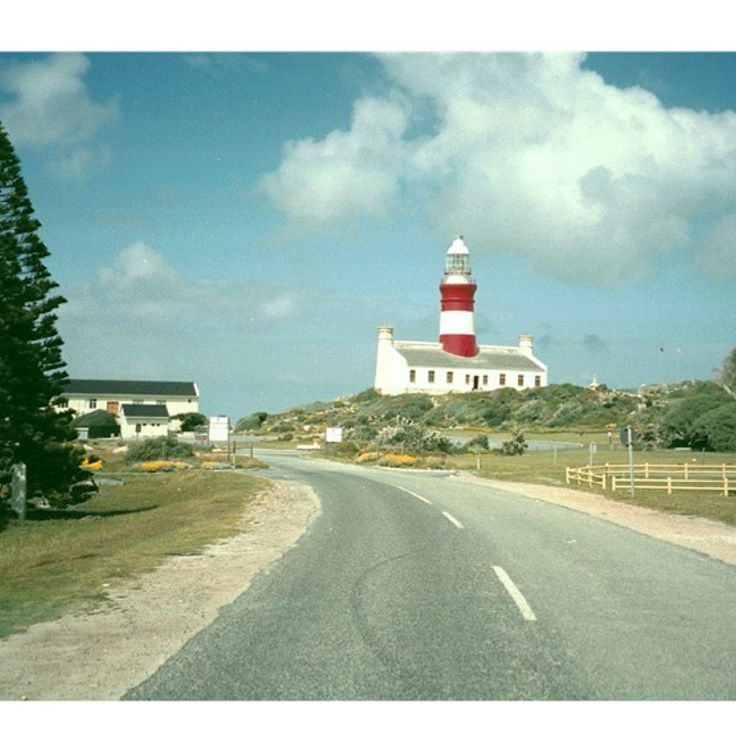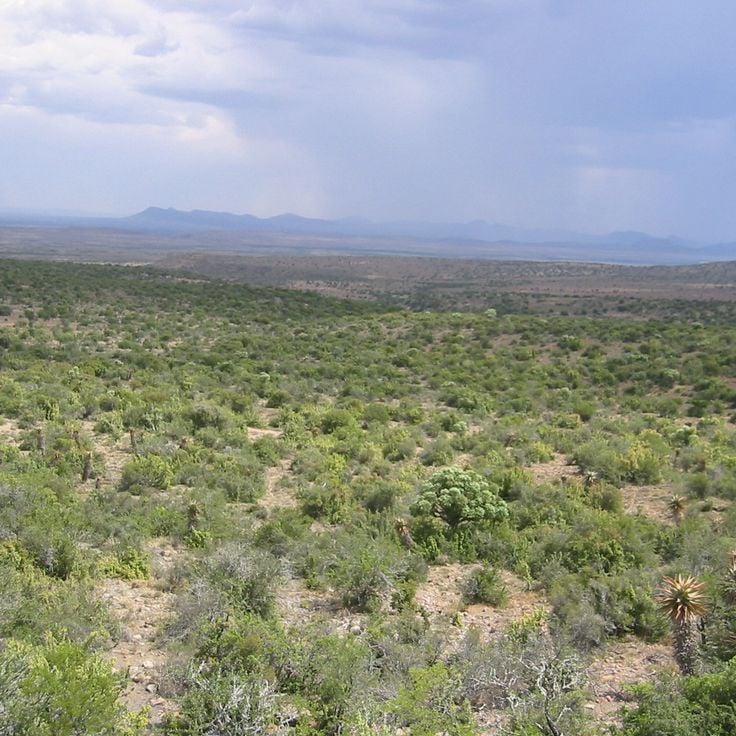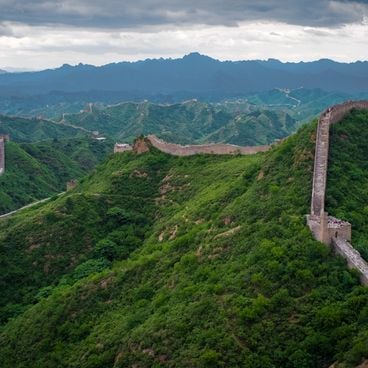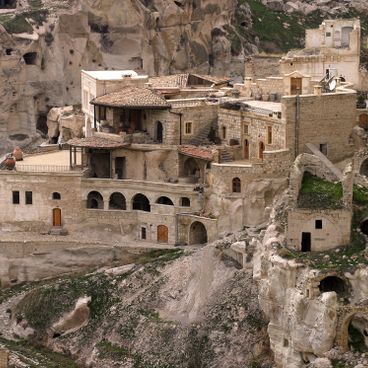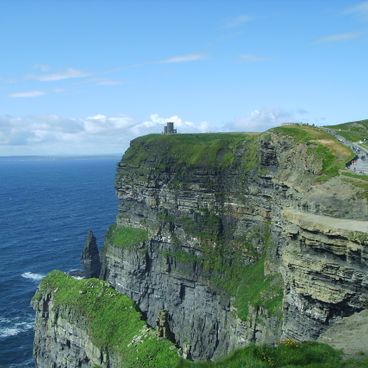South Africa offers very different landscapes, from the windy Cape to the blue mountains of the Drakensberg. You can spend a morning on the Table Mountain, an evening watching whales in Hermanus, and in between, explore red trails, deep canyons, lagoons, and vineyards. The nature parks host large animals that you can see. Kruger Park opens its roads at dawn, Pilanesberg shows an ancient crater, and iSimangaliso combines reefs and wetlands in one place. Further along, the wild coast shows its tall cliffs, the Richtersveld spreads its desert of succulents, and the Valley of Desolation keeps its lava columns for a long time. As you travel across this large country, you notice how the landscape shifts at every turn. The journey here moves with the rhythm of light and horizons, step by step through a land that keeps changing.
In KwaZulu-Natal, the Drakensberg rises like massive walls. The Parc uKhahlamba displays peaks over 10,000 feet (3000 meters), green valleys and steep cliffs shaped by water and time. Hiking here becomes a genuine expedition where you move through a landscape that constantly changes and reveals new views. The park connects mountain and valley on trails that generations of people have walked before.
Cape Point is a rocky headland that extends into the Atlantic Ocean, marking the western boundary of Table Bay. This location rises about 250 meters above sea level and offers wide views across the coast and open water. You reach it by walking trails through fynbos vegetation, where you might spot birds, monkeys, and other animals. The place is known for its strong winds and rough seas. Many visitors come here to take in the views and feel the history of this famous point.
Madikwe Reserve sits in the northwest of South Africa, where the dry Kalahari desert meets the open savanna. You can see more than 60 species of mammals here, from lions and elephants to smaller animals moving through the landscape. With over 350 bird species, the reserve is also a place where you hear and see birds flying between trees and across wide plains. The land shifts between sandy stretches and greener areas depending on where you walk. A visit here shows you how animals and plants live together in this harsh environment.
The Canyon de la Blyde River is a geological formation carved by the Blyde River into the landscape. The rock walls reach impressive heights and form steep cliffs. Spectacular waterfalls plunge into this canyon. This place fits perfectly into the South African landscape, where nature constantly transforms itself. The canyon shows how water shapes stone over time, creating spaces of remarkable scale.
The Drakensberg Mountains stretch across about 1000 kilometers and form a natural boundary between KwaZulu-Natal and Lesotho. This mountain chain displays steep cliffs, green valleys, and rocky peaks that stand out against the sky. Hikers follow paths between waterfalls and rock walls. The mountains shift their colors depending on the time of day and weather - from vivid green to deep blue. In this region, different landscapes meet and create a place that constantly transforms its appearance.
Kruger National Park is one of Africa's largest wildlife reserves, home to the five major African mammals: lions, leopards, elephants, rhinoceroses, and buffalo. Within this journey across South Africa, this park offers one of the best chances to watch wild animals in their natural setting. The roads open at dawn, when wildlife is most active. Here you can experience the rhythm of nature as you drive through open landscapes and watch for animals.
This mountain rises 1086 meters above Cape Town with its distinctive flat top visible from across the city. A cable car takes visitors to the summit, where views stretch across the city and coastline. On clear days, the sight extends far out to sea. The mountain also offers walking trails around its plateau for those who prefer to hike.
The Kirstenbosch National Botanical Garden covers 528 hectares on the slopes of Table Mountain, showcasing plants native to South Africa. The garden displays the country's plant diversity: delicate fynbos shrubs, succulent plants from drier regions, and trees from various climates. Visitors walk through tree-lined paths, beside streams and across meadows where the landscape changes with each step. On clear days, the towering cliffs of the mountain seem close. The garden blends plant collections with the natural rhythm of South African nature.
Pilanesberg National Park sits inside an ancient volcanic crater and reveals how nature transforms the past. Visitors can spot the five major African mammals here: lions, elephants, buffalo, leopards, and rhinos. The park offers varied landscapes with red soil, hills, and open grasslands. Roads wind through the crater, and animals appear at every turn. Driving through this park shows how wildlife coexists and uses the different zones created by the old volcano.
The Cederberg Mountains are a reddish sandstone massif with rugged terrain and striking rock formations. This mountain range shapes the landscape of the Western Cape with steep slopes and distinctive peaks. Visitors hike through canyons, climb to high points, and find ancient rock paintings left by early inhabitants. The mountains shift color with the light throughout the day, making them part of South Africa's varied scenery that stretches from the windy Cape to the blue Drakensberg range.
This Hluhluwe-Umfolozi Reserve was established in 1895 to protect white and black rhinos. It is also home to elephants, lions, and buffalo. Nature reserves across South Africa shelter the large animals you can observe. Kruger Park opens its roads at dawn, Pilanesberg reveals an ancient crater, and iSimangaliso blends reefs and wetlands in one place. As you travel through this vast country, you see how the landscape changes at every turn.
Golden Gate National Park in the Free State showcases towering red and gold sandstone cliffs that define the landscape. The park provides habitat for various wildlife including antelope and zebra that roam across its expanse. Visitors can walk through the terrain and observe animals in their natural setting. The scenery shifts between open grasslands and steep cliff faces that change color with the light throughout the day.
This coastal park in KwaZulu-Natal brings together habitats that usually exist separately. Coral reefs meet mangrove swamps, and subtropical forests reach down to the water's edge. The way these different landscapes connect makes this place special. Visitors see birds, turtles, and fish that thrive in the mix of conditions here. The coastal trails show how water and land work together. iSimangaliso is part of what makes South Africa's east coast so varied.
De Hoop Nature Reserve protects a coastal landscape of dunes, wetlands, and beaches along South Africa's southern shore. Southern right whales come here to breed, creating a remarkable natural event during the season. The reserve offers long walking trails along the coast where you can see the rugged ocean and quiet lagoons. The terrain shifts between sandy dunes and green patches, with birds and small wildlife throughout. This coastal reserve shows how nature maintains itself in this region.
Robben Island is an island off the Cape where a former prison now operates as a museum. Nelson Mandela spent 18 years confined here. The island holds the stories of people imprisoned for their beliefs and political stands. Visitors walk through prison cells, see the quarries where inmates labored, and experience the places where daily life unfolded despite harsh conditions. The island's history stretches back centuries, shaped by those who were held within its walls.
Addo National Park in the Eastern Cape protects a vast area where elephants roam freely across grasslands and bush. The park was created to save these animals, and today hundreds of them live here alongside other wildlife. Visitors can drive along marked routes and watch herds move through the landscape. The park gives you a chance to see Africa's largest land animals in their natural home, making it a key place for wildlife viewing during your journey through South Africa.
Hermanus is a fishing port on the south coast where southern right whales approach the shore between June and December to give birth. From the cliffs, you can watch these animals swim through shallow waters. The town blends the life of a harbor community with the rhythms of nature. Whales shape daily life here for several months each year, and many visitors come specifically during this season to see them.
The Hole in the Wall is a natural rock arch carved into a sandstone cliff by ocean waves over thousands of years. This formation sits along the wild Transkei coast and shows how the sea continuously reshapes the rock. Visitors can witness how waves and time work together to create such striking shapes. Standing before this massive opening in the cliff gives you a sense of the raw power of nature at work.
Knysna is a coastal town on the southern coast of South Africa, where a calm lagoon sits between thick forests and the Indian Ocean. The town is known for its oyster farming and as a place where wild elephants still roam in the surrounding areas. Visitors find here a blend of nature and relaxed beach life, with walking trails through old forests and the chance to explore the water life of the lagoon. Red cliffs mark the natural entrance to the lagoon and shape the landscape.
Marakele National Park sits in the Waterberg Mountains and covers a vast area. Red rock cliffs rise sharply from the landscape, and the park is home to a special bird life. Cape vultures nest in these cliffs and soar overhead. As you move through the park, you notice how the land shifts between steep mountains and open spaces. Wildlife is varied here, and nature has kept its own rhythm. The park feels like a place where the landscape speaks for itself.
Stellenbosch is a historic wine center founded in 1679, nestled among mountains and estates that produce world-known wines. The town sits in the wine-growing region of the Western Cape, surrounded by vineyards and valleys. You can walk through streets lined with Cape Dutch architecture, visit cellars where wine is made, and see how the landscape shapes daily life here. The rhythm of the seasons drives the work of the vineyards around the town. Stellenbosch shows how a place built on wine production has roots that run deep into its land and history.
Namakwa National Park is a large protected area spanning about 70000 hectares in the Namaqualand region. In spring, wild flowers transform the landscape into fields of bright color. The vegetation is dominated by succulent plants that have adapted to the dry climate. The park displays a landscape that shifts dramatically with the seasons and introduces visitors to the raw beauty of South African nature.
West Coast National Park stretches along the Atlantic Ocean and offers a varied landscape of lagoons and wetlands. This park is known for birdwatching, as migratory birds stop to rest and breed here. The coast displays rugged rocks and solitary beaches, while inland salt pans and water bodies shape the terrain. Visitors can observe nature from viewpoints or walk the trails and enjoy the quiet of this wild coastal region.
Coffee Bay is a coastal settlement on the Wild Coast, where steep cliffs rise above empty beaches. Subtropical vegetation grows down to the cliff edges. Walking here, you see how the landscape drops sharply to the sea, with coves that are only accessible on foot. The place shows how raw and untamed this coastline feels.
The Kgalagadi National Park covers a vast expanse shared between South Africa and Botswana. This is a place where red dunes stretch across the landscape, dried riverbeds cut through the earth, and wildlife roams in open spaces. Lions, cheetahs, and antelopes move through the park in search of water and food. The days are intensely hot, while nights cool considerably. Few people venture this far into the wilderness, and the park rewards those who do with a raw, unfiltered experience of nature where animals and landscape dominate.
Magoebaskloof is a mountainous region in northern South Africa shaped by winding roads and dense indigenous forests. Natural waterfalls are scattered throughout the landscape, tumbling down steep hillsides. The terrain feels green and alive, with deep valleys and tight turns at every bend. Walking or driving through here, you encounter the raw face of nature: thick vegetation, cool air near the falls, and views that shift constantly as the land rises and falls around you.
The Elephant Coast is a 200-kilometer coastal strip in KwaZulu-Natal that brings together wetlands, nature reserves, coral reefs, and sandy beaches. This section of coast shows the varied landscapes of South Africa, where you can move between marshy areas and marine habitats. The iSimangaliso area combines reefs and wetlands in a single location, offering chances to watch the region's wildlife.
Mapungubwe National Park sits in Limpopo where Zimbabwe and Botswana meet. This park brings together natural landscapes and human history. Rocky formations shape the terrain while archaeological sites reveal traces of an ancient civilization. The Limpopo River flows through the region, marking a natural border. Visitors see both the savanna's wildlife and the remnants of people who lived here centuries ago.
The Sabie Waterfalls Route is a 50-kilometer drive through the Mpumalanga region that connects several powerful waterfalls. This road passes by Mac Mac, Horseshoe, Lone Creek, Bridal Veil, Berlin, and Lisbon Falls. Each waterfall has its own character - some plunge dramatically into narrow gorges, others flow gently over multiple tiers. The road winds through lush forests and offers constantly changing views of the land. This is a place where you can experience the force of water and the beauty of nature directly.
Augrabies Falls National Park features a 56-meter waterfall that plunges into the Orange River through granite gorges. The park sits in a semi-arid landscape where hardy plants have adapted to harsh conditions. Walking through the park, you see red rock formations and feel the power of water cutting through the canyon. This park is part of South Africa's range of environments, shifting between green highlands and dry terrain.
Richtersveld National Park is a mountainous desert landscape situated between the Orange River and the Namibian border. Here you find succulents found nowhere else, their thick leaves and low growth adapted to the harsh, dry conditions. The terrain rises and falls with steep slopes, creating a rugged terrain where the eye stretches across wide open spaces. As you move through the park, the colors shift throughout the day from grey to orange to deep brown. This area connects to the larger story of South Africa's diverse landscapes, where nature constantly changes with each turn of the path.
The Vallée de la Désolation is a canyon cut through volcanic rock, with tall stone columns rising from the landscape. This formation was shaped over time by water and erosion within Camdeboo National Park. The canyon walls show layers of different colored rock, from deep reds to pale yellows. Walking through this valley, you notice how quiet and isolated it feels, separated from the rest of the world by high cliffs. Viewpoints along the rim offer sweeping views across the valley floor below. The light here changes the colors of the rocks throughout the day.
Agulhas National Park protects the place where the Atlantic and Indian Oceans meet. You will find rocky coastal formations shaped by the waves, wetlands, and open plains. The park shows how the sea shapes the landscape and what habitats develop at this meeting point. You can walk along the coast, watch birds, and feel the power of the water crashing against the rocks.
Karoo National Park sits in a semi-arid landscape with flat plains and mountain ranges. This park fits naturally into South Africa's variety of scenery, showing a different land form from the green coastal regions or the high Drakensberg mountains. Here you can watch leopard tortoises, springboks, and eagles moving across red and rocky ground. The air is clear, the sky opens wide, and desert silence surrounds you everywhere. The park reveals another side of South Africa.
